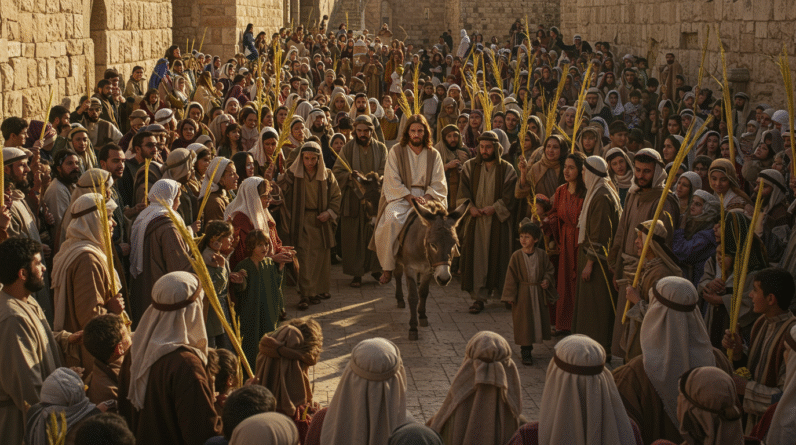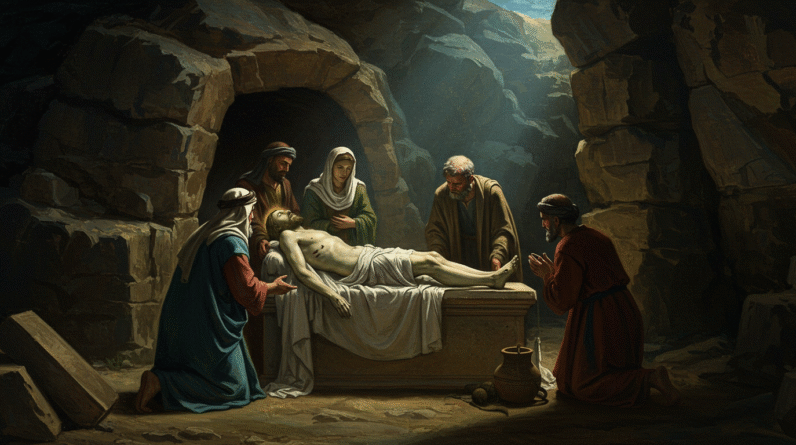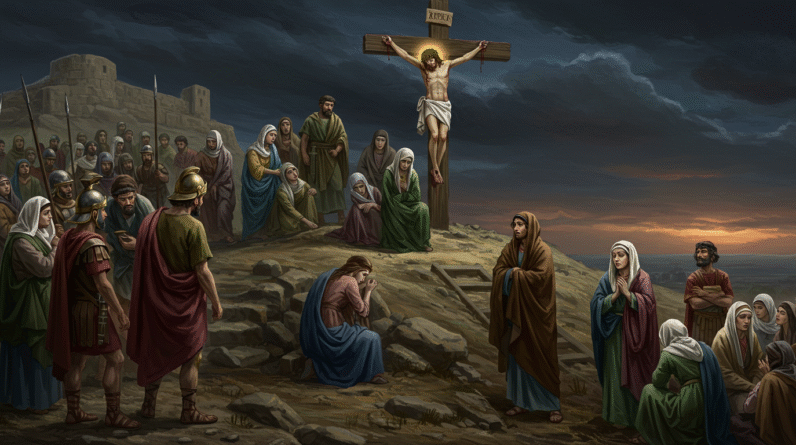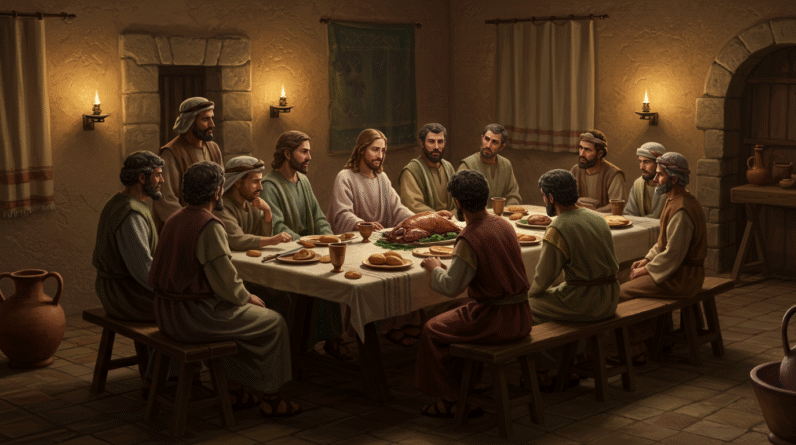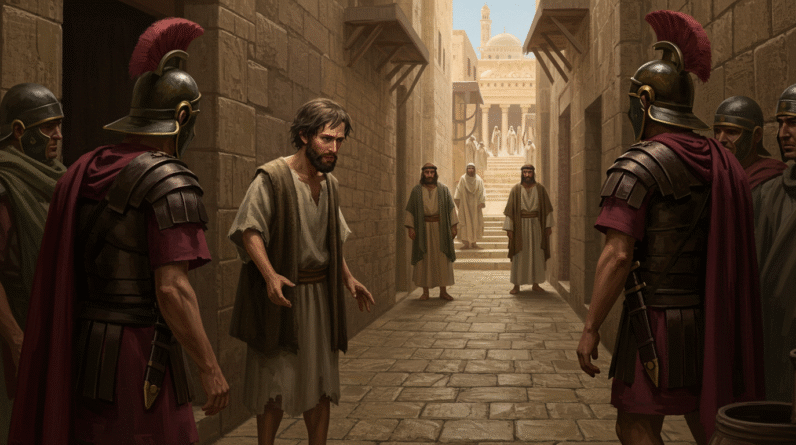Explore the profound narrative of Resurrection Sunday. Discover the symbolism, renewal, and empowerment underlying the Bible’s cornerstone event, the resurrection of Jesus.
🌅 Resurrection Sunday (Easter) (The Resurrection – Matthew 28:1–10)
Introduction
Easter Sunday, universally known as Resurrection Sunday among Christians, stands as a monumental event in the Christian liturgical calendar. It’s a day that echoes with the profound narrative of Jesus Christ rising from the dead, an essential cornerstone of Christian faith. This day, in its simplest sense, is the celebration of hope and renewal, a time for believers to reaffirm their faith and embrace the teachings of Jesus. The Resurrection narrative found in Matthew 28:1-10 marks the pivotal moment that Christians around the globe celebrate with great enthusiasm, accompanied by church services, family gatherings, and community traditions.
In this article, we’ll delve into the nuances of Holy Week leading up to Easter, with a sharp focus on the dramatic and transformative episode narrated in Matthew 28:1-10. We will explore the deeply symbolic nature of Easter and how it reflects both spiritual renewal and personal catharsis, all while maintaining an engaging and conversational tone.
Verse Reference
Matthew 28:1-10 (NIV)
Here is the central narrative that sets the backdrop for Resurrection Sunday:
Matthew 28:1-10: “After the Sabbath, at dawn on the first day of the week, Mary Magdalene and the other Mary went to look at the tomb. There was a violent earthquake, for an angel of the Lord came down from heaven and, going to the tomb, rolled back the stone and sat on it. His appearance was like lightning, and his clothes were white as snow. The guards were so afraid of him that they shook and became like dead men. The angel said to the women, ‘Do not be afraid, for I know that you are looking for Jesus, who was crucified. He is not here; he has risen, just as he said. Come and see the place where he lay. Then go quickly and tell his disciples: “He has risen from the dead and is going ahead of you into Galilee. There you will see him.” Now I have told you.’ So the women hurried away from the tomb, afraid yet filled with joy, and ran to tell his disciples. Suddenly Jesus met them. ‘Greetings,’ he said. They came to him, clasped his feet and worshiped him. Then Jesus said to them, ‘Do not be afraid. Go and tell my brothers to go to Galilee; there they will see me.'”
The Scene at the Tomb
The Dawn of a New Beginning
The passage begins poignantly after the Sabbath, emphasizing a new dawn not just in the literal sense but symbolically marking the new covenant between humanity and the divine. You can imagine the weight of anticipation carried by Mary Magdalene and the other Mary as they approached the tomb. Each step towards it carried the burden of grief and a flicker of hope—a hope rooted in the words Jesus had spoken to them before his crucifixion.
The Angel’s Arrival
An earthquake announced the arrival of an angel, underscoring the magnitude of the event unfolding. Picture this: a celestial being with an appearance like lightning and clothes white as snow. The guards at the tomb were so petrified that they became motionless—paralyzed by the sheer awe-striking spectacle. The angel’s proclamation, that Jesus had risen as promised, was intended not just to inform but to inspire faith and courage.
The Instructions to the Women
Instructed by the angel, Mary Magdalene and her companion were entrusted with sharing the astonishing news with the disciples. This is a moment loaded with empowerment, as women were chosen as the first messengers of resurrection—a significant cultural anomaly in a patriarchal society. Their journey was an emotional whirlwind, a mix of fear and joy, and a testament to the transformative power of faith.
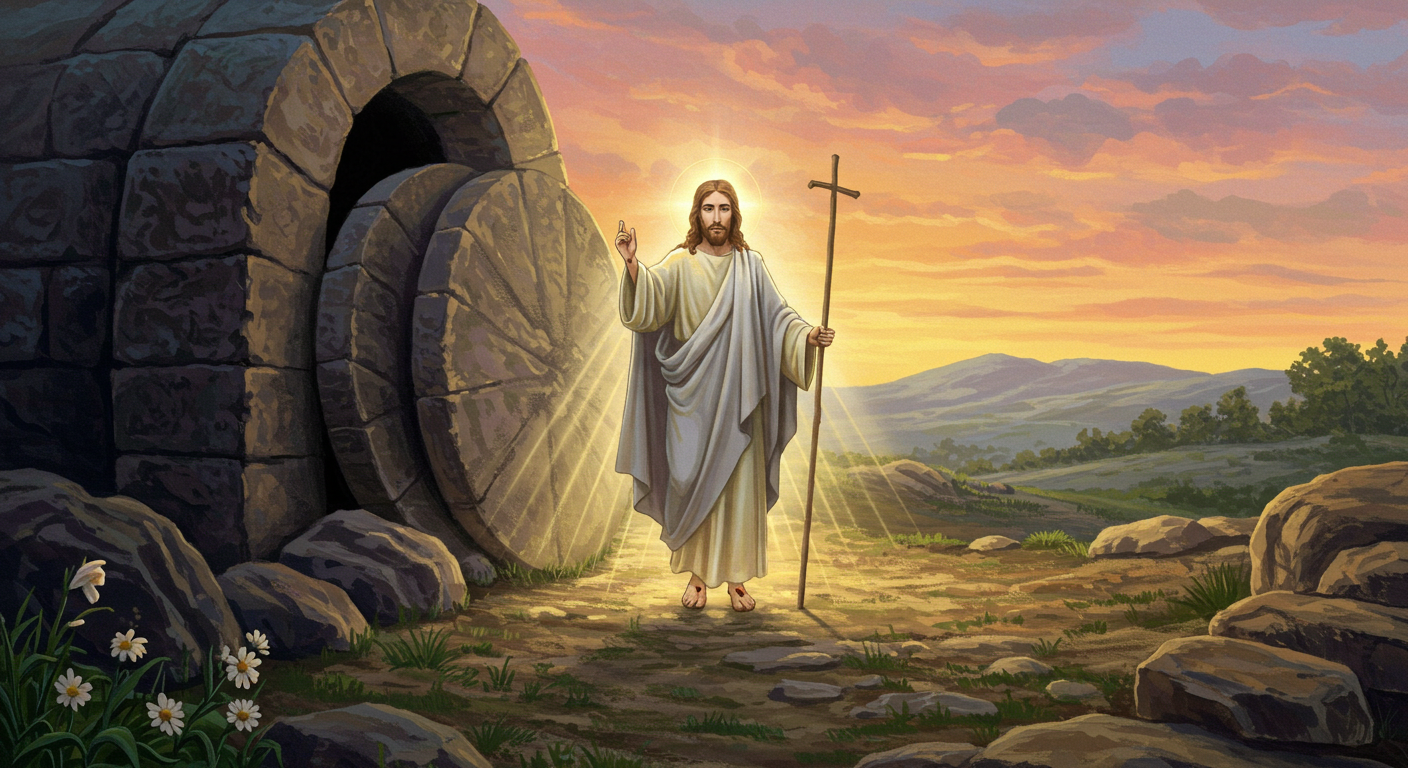
The Significance of Resurrection Sunday
A Celebration of Renewal
Resurrection Sunday transcends its biblical roots to embody a larger message of renewal and hope. It’s a celebration that prompts introspection and inspires individuals to reflect on their lives with an eye toward personal and spiritual growth. For Christians, Christ’s triumph over death serves as a powerful allegory for overcoming adversity, offering reassurance that new beginnings are always possible.
The Anchor of Christian Belief
The resurrection is not merely a footnote in the narrative of Jesus’ life; it’s the cornerstone of Christian doctrine. Without it, the entire belief system surrounding salvation and eternal life might not hold the same resonance. The empty tomb is a metaphor for the fulfillment of God’s promises, reinforcing the message that faith, even in the darkest of times, is never in vain.
A Unifying Event
Across the world, Christians of various denominations gather to commemorate this event, making it a rare moment of unity within the broader Christian community. While modes of celebration may vary—from solemn liturgies to joyous feasts—the core message remains the same: the victory of life over death, love over hatred, and hope over despair.
The Role of Women in the Resurrection Story
Subverting Expectations
The fact that women were the first to witness the empty tomb and encounter the risen Christ is not accidental but intentional. Throughout the Gospels, Jesus often subverted societal norms, and this event is no exception. At a time when women’s testimonies were commonly disregarded, their pivotal role in this narrative challenges the status quo and elevates their voices.
Mary Magdalene: The First Messenger
Mary Magdalene’s presence at the tomb is a subject of considerable interest. Her role as the first messenger of Christ’s resurrection highlights her steadfast faith and courage, qualities that are oftentimes overlooked in her broader biblical portrayal. Mary represents a blend of humanity and divinity, underscoring the inclusive nature of Christ’s message.
The Symbolism of the Resurrection
The Stone Rolled Away
The rolling away of the stone is evocative of the barriers that can often feel insurmountable in our own lives. It represents the breaking of chains—both literal and metaphorical—that bind individuals to old ways of thinking and being. This act shows that divine intervention is not only external but can also manifest within, empowering you to overcome personal obstacles.
The Angel’s Message
The angel’s declaration, “He is not here; he has risen,” is more than just an announcement. It’s a mantra for those seeking hope and change. This statement serves as a reminder that life’s challenges, however daunting, are not the end. You are invited to partake in this narrative of transformation, to rise above your circumstances, following in the steps of the resurrected Christ.
The Encounter with Jesus
Running into Jesus on their way back to the disciples, the women experienced a profound moment of recognition and worship. It’s here you realize that encounters with the divine are often unexpected and occur in everyday moments. This meeting captures the essence of Easter—the unlooked-for grace and unexpected joy that finds you when you least anticipate it.
Experiencing Resurrection in Daily Life
Finding Personal Renewal
Easter’s story isn’t just about celebrating an event that happened millennia ago. It’s an invitation to seek personal renewal in everyday life. Whether that process begins with forgiveness, embracing a new perspective, or searching for deeper meaning, Resurrection Sunday invites you to rise, metaphorically, from the tombs of past mistakes and fears.
Cultivating Community
Just as the resurrection led the disciples to regroup and fortify their mission, it serves as a call for you to foster community and connection. In a modern world fraught with division, the shared celebration of Easter offers a chance for unity and cooperative efforts toward a common good.
Encouragement in Daily Challenges
Easter provides a reservoir of strength when life’s challenges seem too daunting. The resurrection narrative is a beacon, illuminating the dark corners of doubt and despair with promises of hope and redemption. This can be especially comforting when facing personal trials, offering the reassurance that renewal is always possible.
Conclusion
Resurrection Sunday is a powerful narrative that extends beyond its religious significance to touch the very core of what it means to seek and find hope, renewal, and community. As you reflect on the remarkable story of Easter, consider how its themes apply to your own life. Whether you’re seeking personal transformation or communal solidarity, the message of the resurrection is timeless and universal.
As a ClickBank Affiliate, I earn from qualifying purchases.
Acknowledgment: All Bible verses referenced in this article were accessed via Bible Gateway (or Bible Hub).
“Want to explore more? Check out our latest post on Why Jesus? and discover the life-changing truth of the Gospel!”




